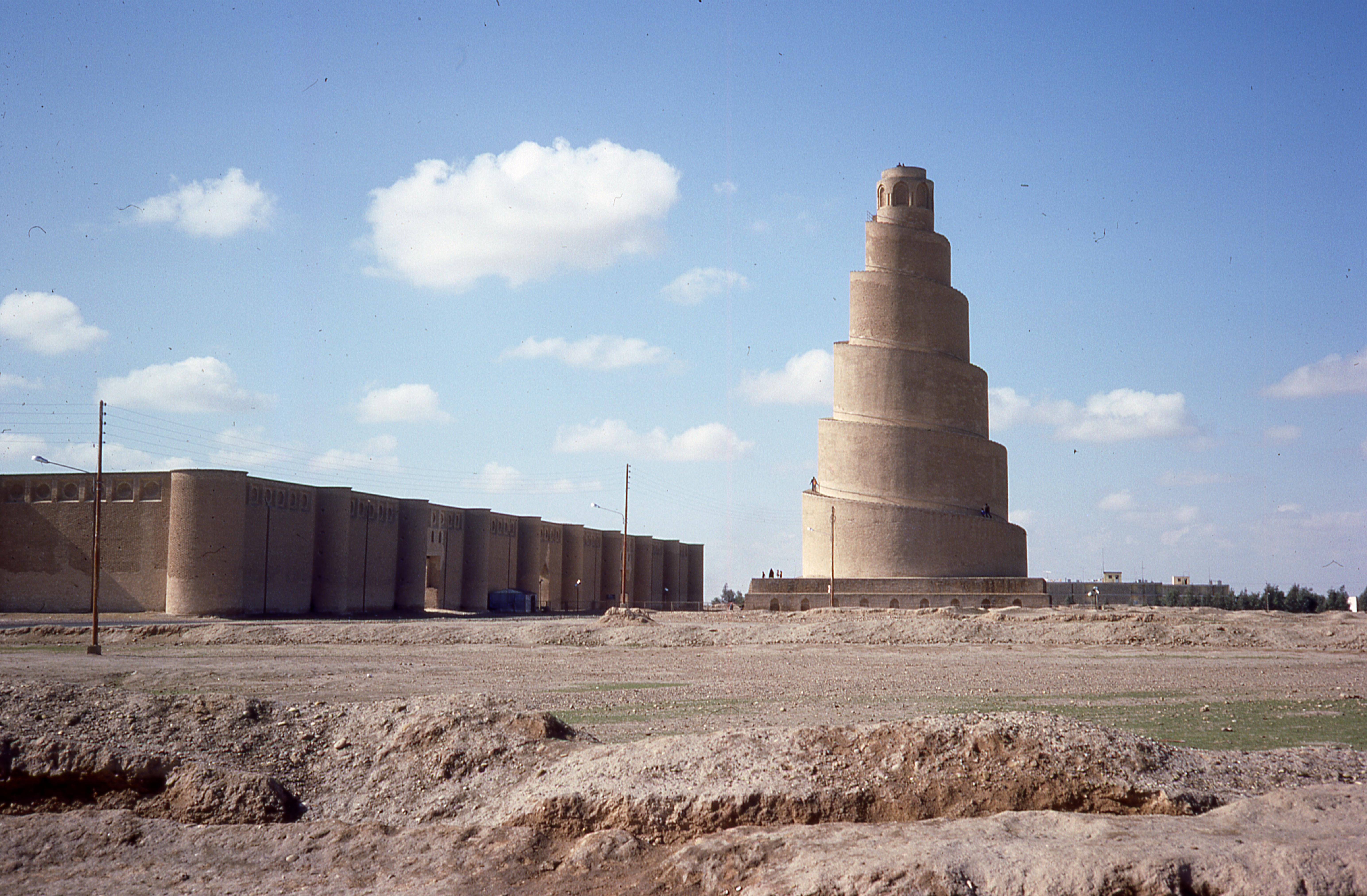Archaeologists and historians alike have long studied the ancient Iraqi city of Samarra. Spanning both banks of the Tigris, the once-Capital of the Abbasid Caliphate is perhaps one of the largest testaments to the grandeur of medieval Iraq. Besides the famed Spiral Minaret and Great Mosque, Samarra houses countless antiquities and items from a bygone era. Scholars estimate that 80 percent of city’s artifacts have not yet been recovered by archaeological efforts. Local Iraqis and the international community alike have recently begun to protest that such a historically and archaeologically rich site is being left to fall into ruin.
Without an understanding of the various challenges to Iraq today, it may seem heartening that the international archaeological community and UNESCO have risen such a clamor over the site’s deterioration. As locals can attest, authorities have enacted almost no regulations to protect the site from its daily wear-and-tear. Good intentions of UNESCO aside, there is something bitterly comical about their proclamation that the ruins should have been designated as a World Heritage Site back in 2007, as well as their ongoing calls for the Iraqi government to enact immediate preservative measures in Samarra. It’s almost as if the organization expects their proclamations to be treated as authoritative decrees, to be disobeyed at the Iraqi government’s peril. Furthermore, the situation seems to encapsulate a most western fetishization of middle eastern archaeology: the expression of outrage that such priceless remnants of antiquity are left to crumble without an understanding of the region’s troubles. Could there be political, cultural, economic or societal reasons that these sites can’t be protected?
In the case of Iraq, the reasons shouldn’t even bear mentioning: the country is still financing the reconstruction of its major cities after decades of war, prioritizing the rebuilding of towns and urban spaces where deterioration has a definite impact on the quality of human life. We should not be surprised that calls for the Iraqi government to refocus its rebuilding efforts towards historical sites have fallen on deaf– or otherwise preoccupied–ears.
It is not necessarily true that a fixation on Iraqi archeology precludes an interest or awareness of Iraqi politics, but it is telling that cries to protect the city of Samarra have broken out amidst a highly contentious and turbulent few months of political contest in the country. On September 30th, Iraqi Kurds voted in parliamentary elections to decide the future of Kurdish leadership. Far from simply procedural, the elections were held in an effort to bring stability to the region after years of infighting between the dominant Kurdistan Democratic Party (KDP), and the rival Patriotic Union of Kurdistan (PUK). Fierce allegations of corruption against the KDP and widespread resentment about the lack of economic growth or reform under their current majority in parliament strengthened the PUK’s chances of a successful majority bid, but October 20th saw KDP successfully maintain their dominance of Kurdish Parliament.
These recent elections were exceptionally important in light of recent political contest with the central Iraqi government: the last time the Kurdish government held a vote was on the proposition of Kurdistan becoming a region autonomous and distinct from Iraq. Even though the 2017 referendum won support from a staggering 94 percent of the Kurdish electorate, the Iraqi government repudiated the results and sternly reduced Kurdish territory in Northern Iraq out of fears of an uprising. Many Iraqi Kurds now hold a deep apathy towards the country’s politics. As one resident of Irbil, the capital city of the legal Kurdish government, remarked; “I am not going to vote and waste my time for nothing…we already voted in the referendum and saw the result: We lost what we had instead of winning anything.” The question of whether continued dominance of the KDP in Kurdish government will see any change to the current political desolation in the region, or any ground won in the ongoing struggle against the Iraqi government, remains to be answered.
The recent Kurdish parliamentary vote and the region’s enduring conflict with central Iraq represent only a small component of the nation’s worries. The current international concern with the protection of an archaeological site, when compared to the recent political developments in Iraq, is indicative of an international priority of archaeology and a romanticization of history over complex and occasionally unrelatable politics.. The case of Samarra should therefore encourage us to ask a simple question in future instances of archaeological decay in politically troubled countries: why are these sites in decay?
Photo: Samarra, Iraq
